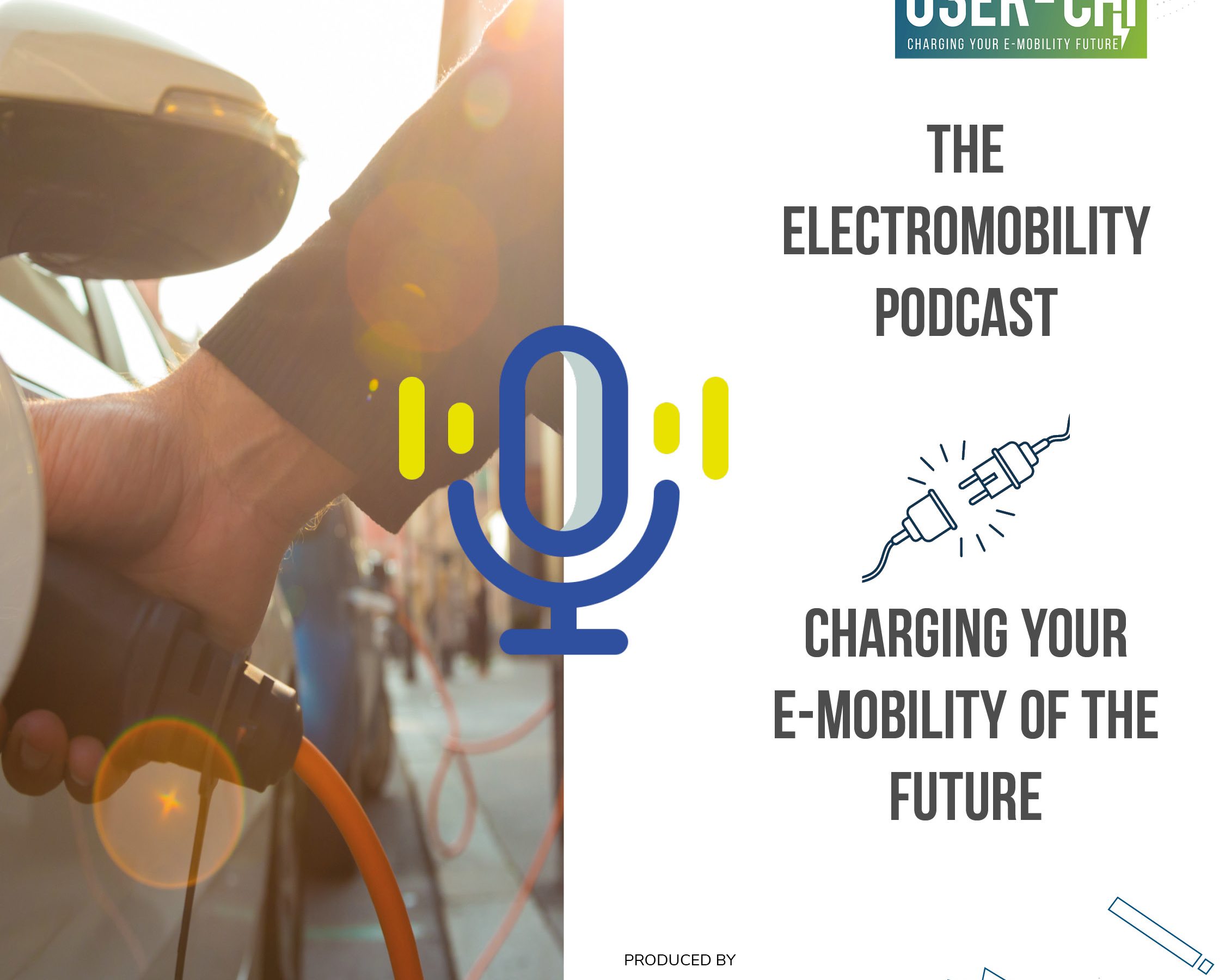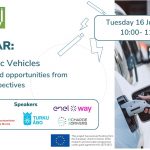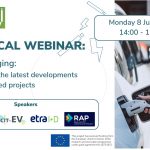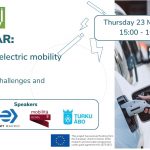Learning from Barcelona and Turku’s charging habits
Reducing greenhouse gas emissions from road transport can be achieved with a transition to less polluting forms of vehicle power supply, such as electricity. To facilitate the large-scale adoption of electric mobility, charging an electric vehicle should be reliable and straightforward. To this end, adequate charging infrastructure is required.
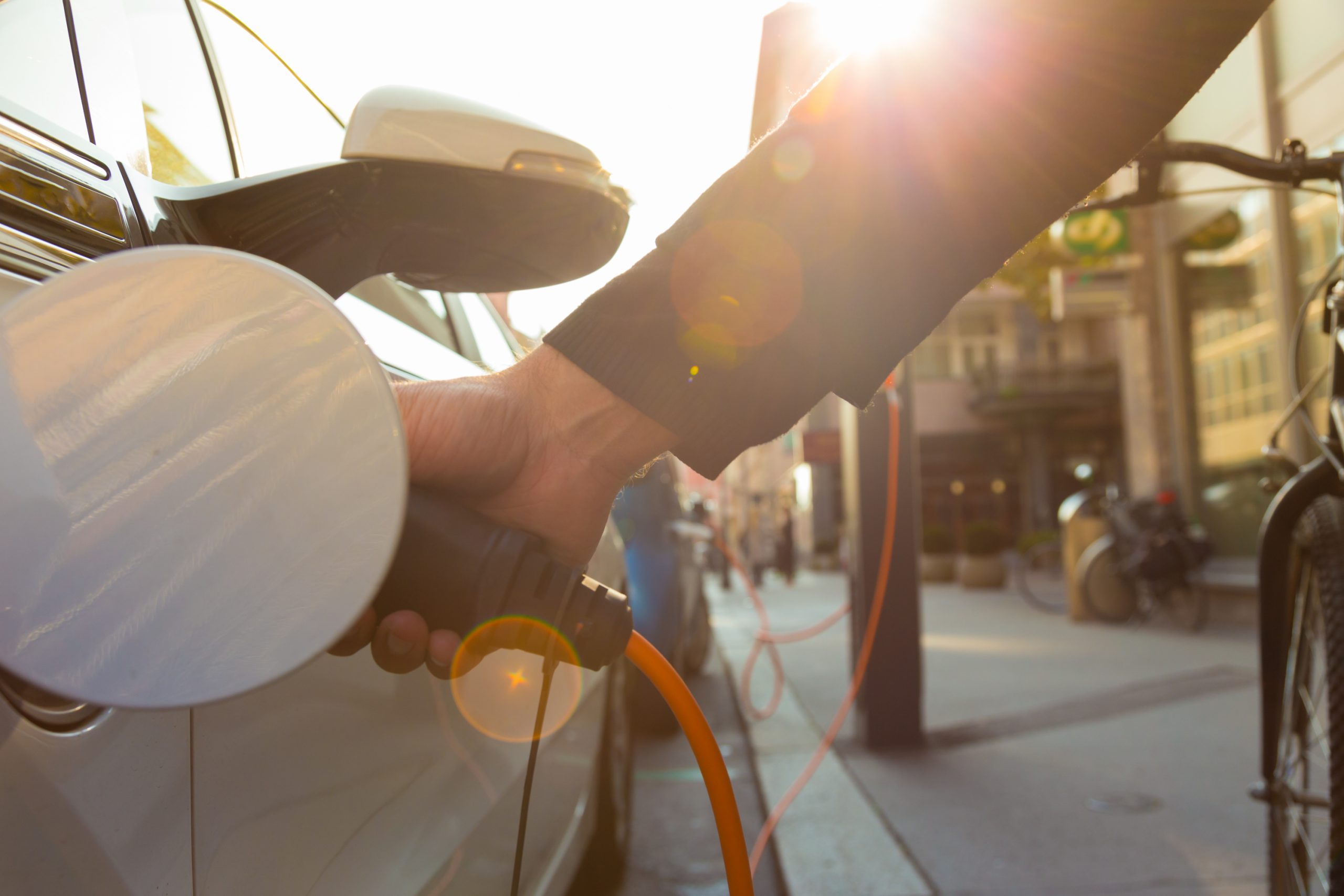
However, we are faced with a typical chicken-and-egg problem: the number of users who switch to electric vehicles will be limited until a recharging infrastructure is available; on the other hand, investments in infrastructures require greater certainty about the adoption of electric vehicles.
This article observes people’s charging behaviours in Barcelona and Turku. For example, when people charge, is there a difference between weekdays and weekends? How much energy do they use, or for how long do they stay parked? The article observes that people in Barcelona tend to concentrate their behaviour in the evening, while people in Turku are more active during the day.
To facilitate planning and investment decisions, it is important to evaluate the demand through quantitative and behavioural aspects. This assessment can be more difficult in the early stage of low uptake of electric vehicles.
This article, therefore, highlights the importance of how to process data around charging infrastructures correctly. In particular, how to do so when you have few users like cities at the beginning stages of e-mobility development and implementation.
From a planner’s point of view, the article shows the impact that is extracting and processing raw data can have on obtaining significant results that are not artificial. Depending on how you process data, you could introduce artificial features.
For instance, using mean values – or average values – to analyse energy duration charge. Mean values are significant if you have data on many users. In the development phase, they are not meaningful because they ‘smoothen’ the data.
An example would be evaluating the installation of charging infrastructure with a renewable energy source like a photovoltaic system. The profitable user profile would be to have continuous, or ‘smooth’, users throughout the daytime.
However, when you have only a few users, you necessarily have an intermittent user profile with demand peaks. If you analyse the data from the average, you will have results that make you think the use is continuous and that your solar panel system is profitable.

